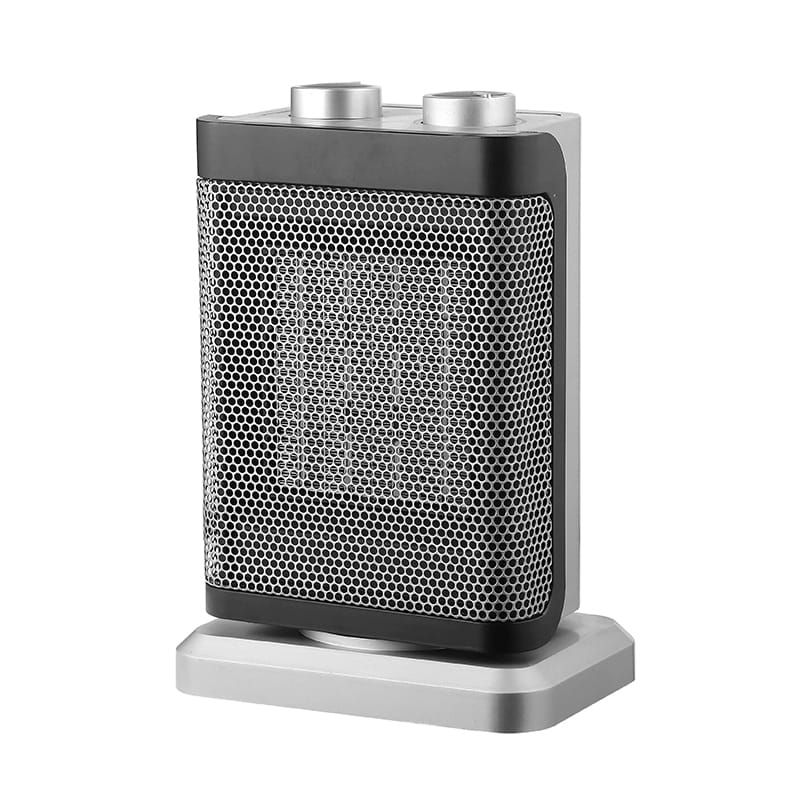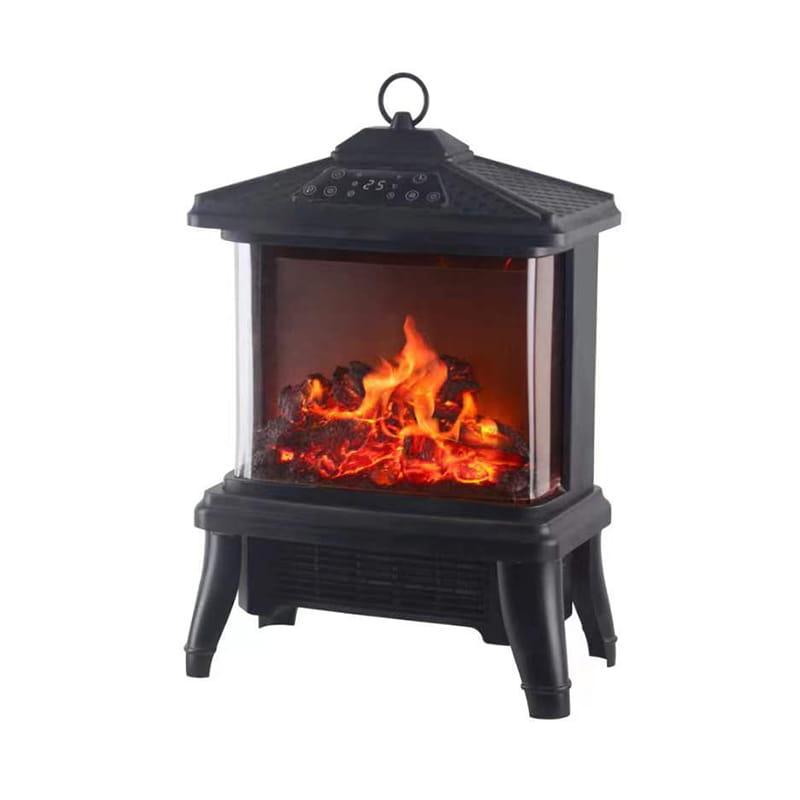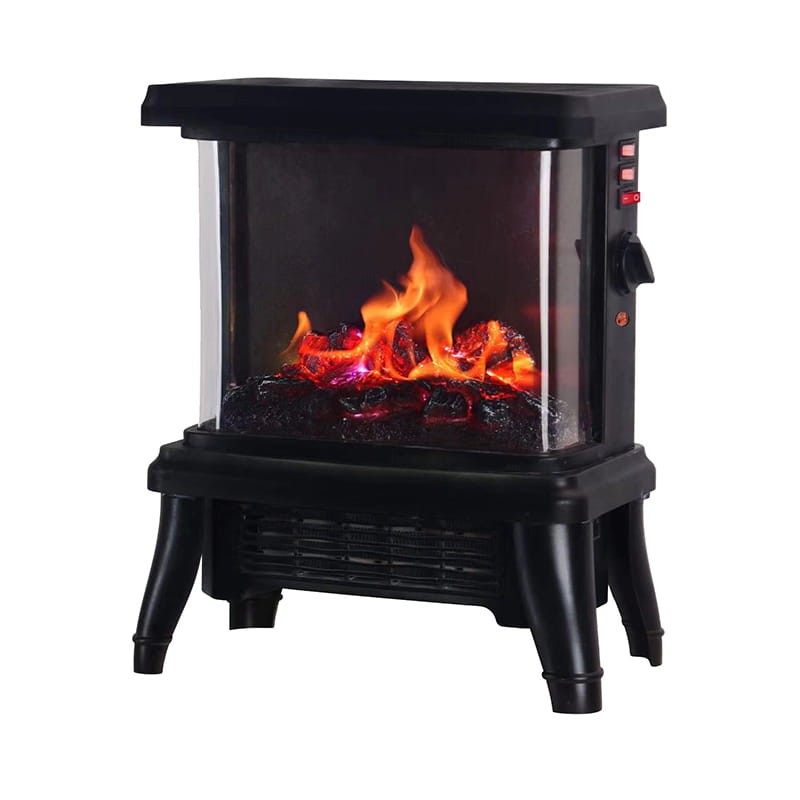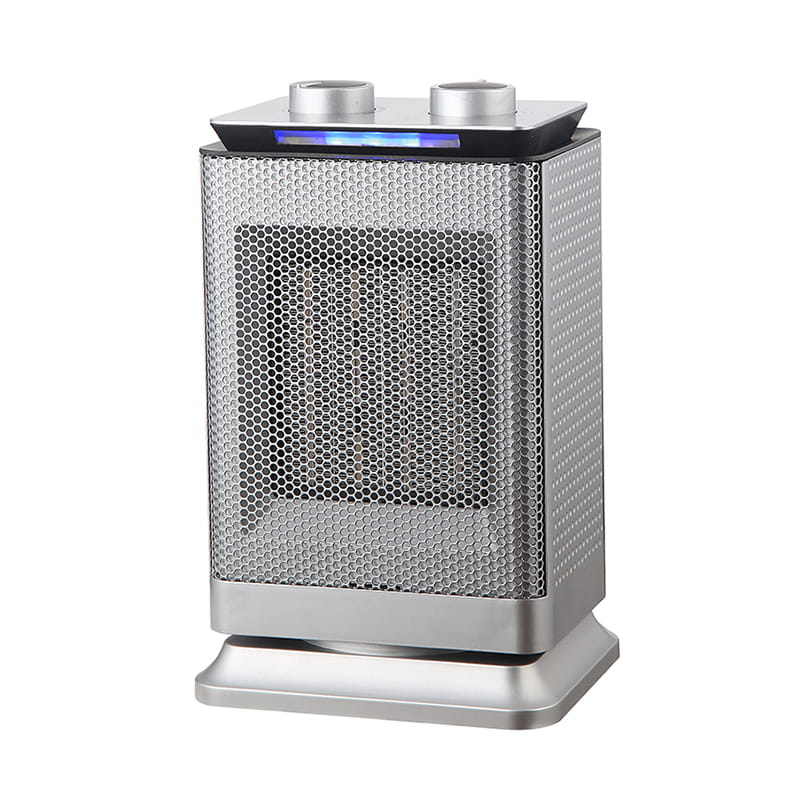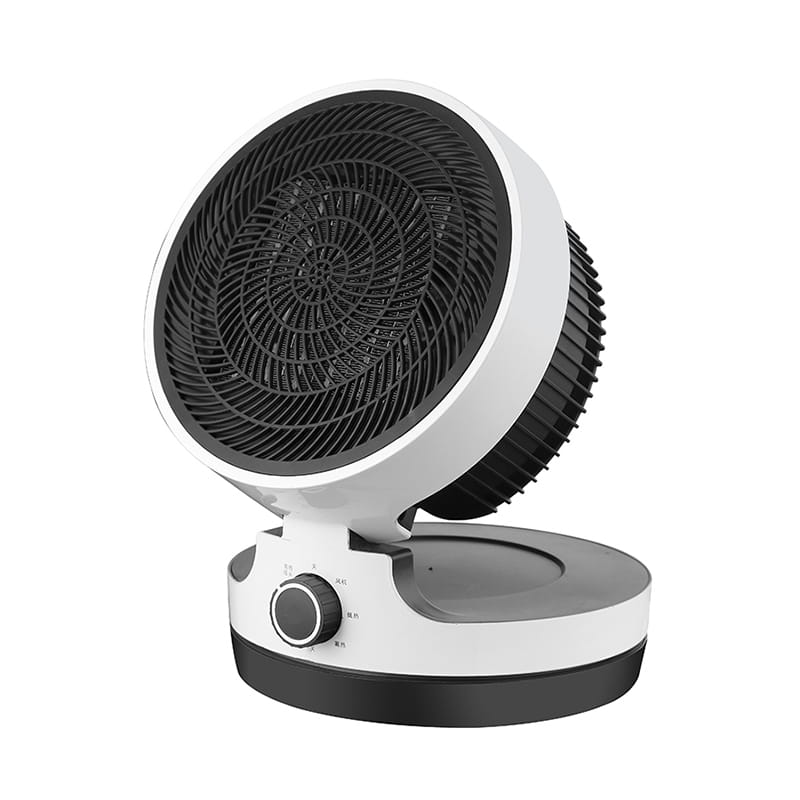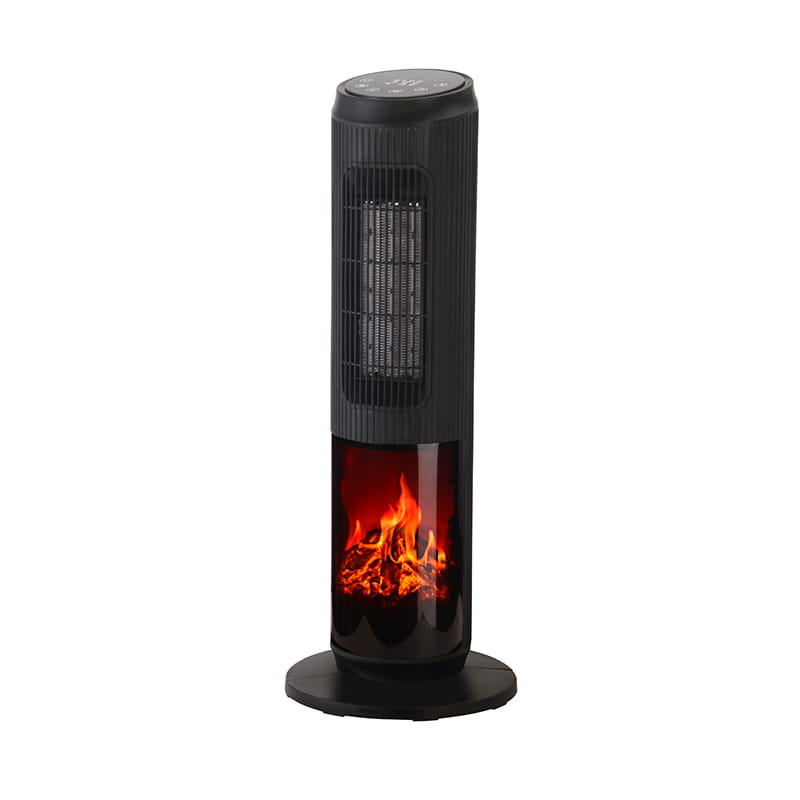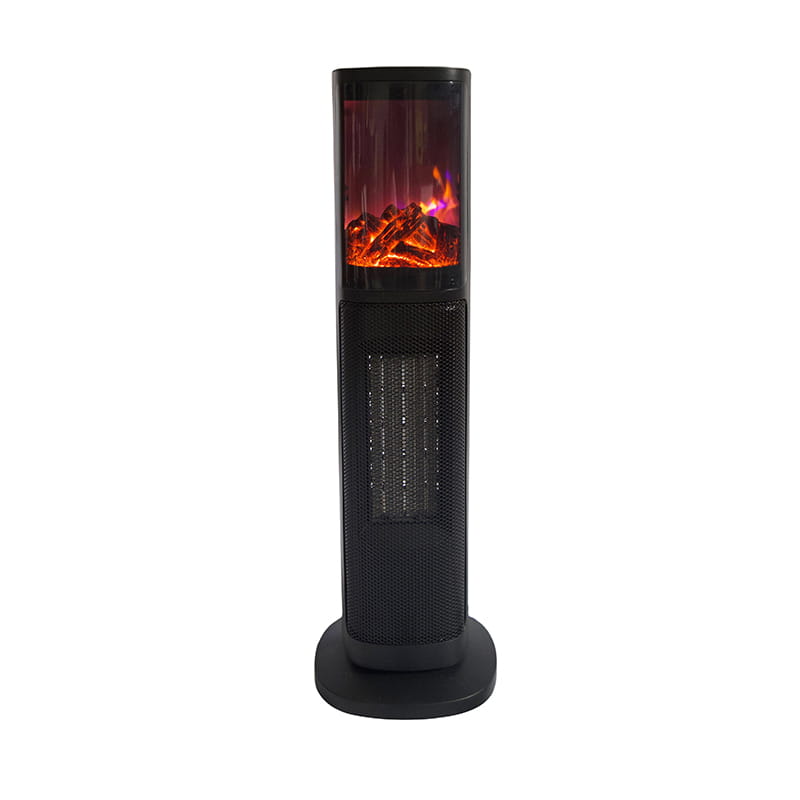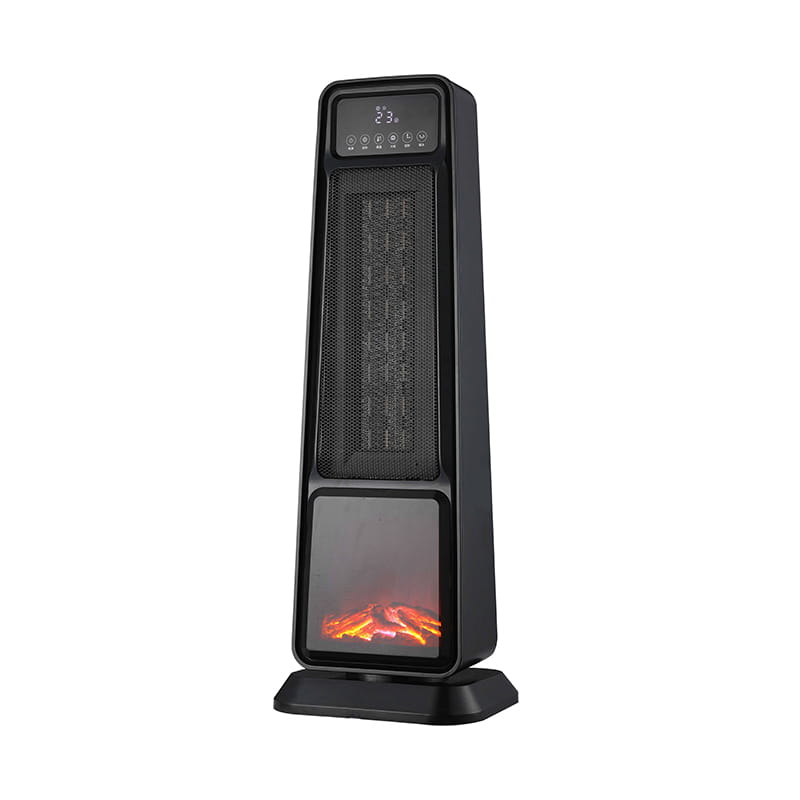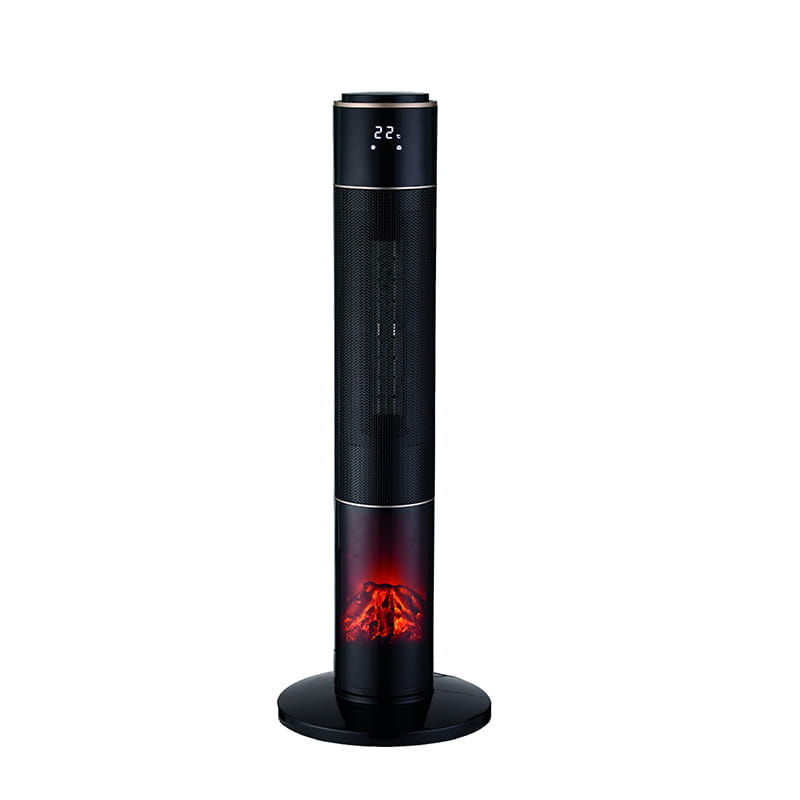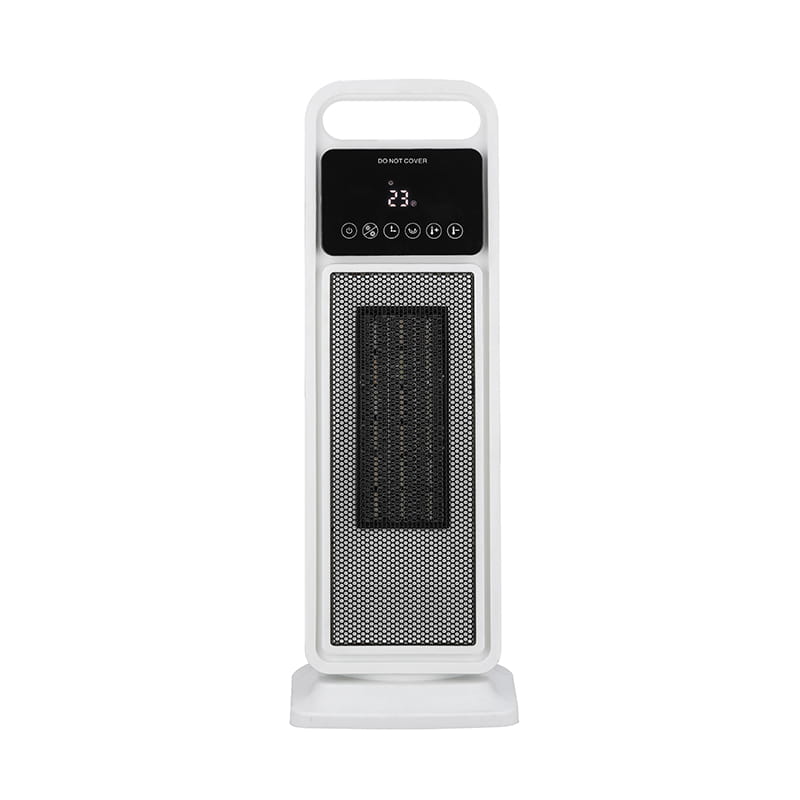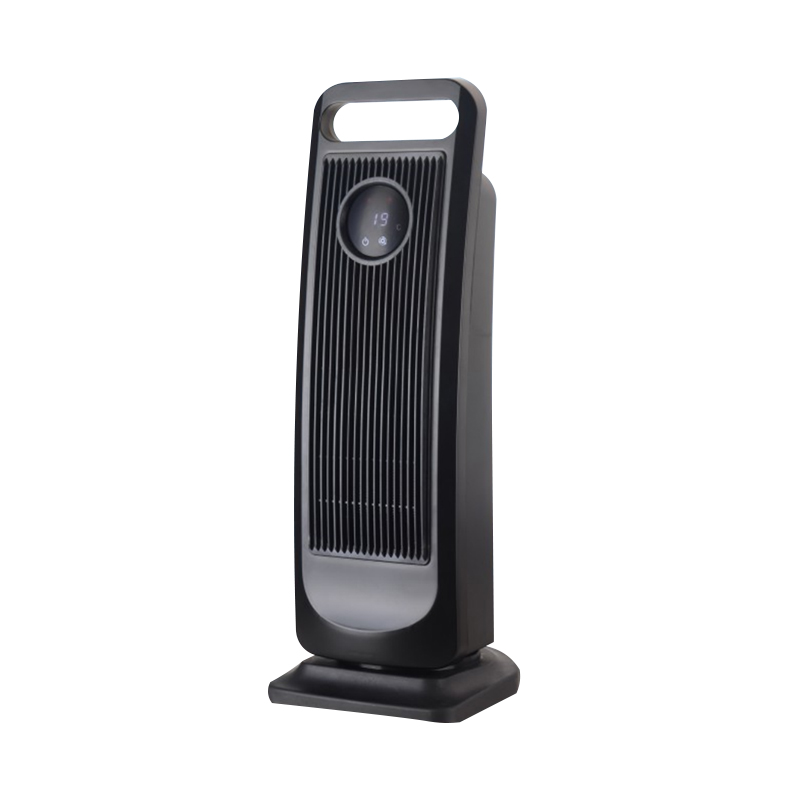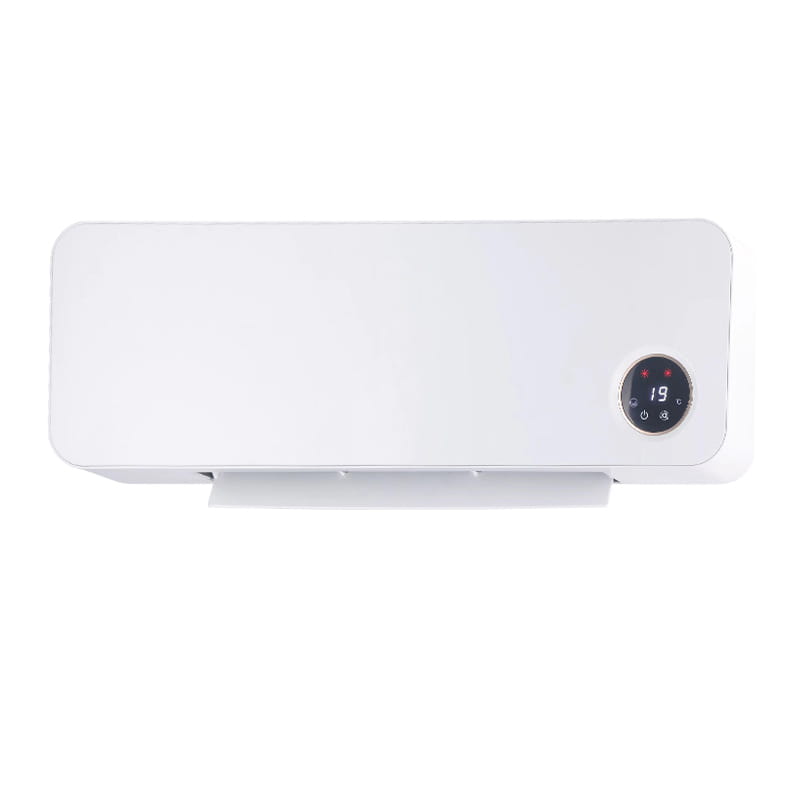Is it true that it heats up in 1 second? Disassembling the working principle of electric ceramic heater
Electric ceramic fan heaters are widely used in heaters, car seat heating and other fields due to their rapid heating and high efficiency and energy saving. But is "1-second heating" real? What is the principle behind it? This article will analyze in depth from three aspects: material properties, heating mechanism, and measured data.
Content
1. The core of electric ceramic fan heaters: PTC materials
The core of electric ceramic fan heaters is positive temperature coefficient (PTC) ceramic materials. Its uniqueness lies in that the resistance increases sharply with the increase of temperature, thereby realizing automatic temperature control.
Low temperature stage (initial heating):
PTC materials have low resistance, and a large amount of Joule heat is generated when current passes through, achieving rapid heating (some models can heat up to more than 200°C within 1 second).
High temperature stage (stable state):
When the temperature approaches the Curie point (usually 80~250°C), the resistance increases sharply, the current decreases, and the power is automatically limited to avoid overheating.
The truth behind "1-second fast heating":
Local high temperature can be achieved: The tiny heating area of PTC ceramics (such as point contact) can indeed achieve rapid heating within 1 second.
Overall heating takes longer: If a larger space (such as a room) needs to be evenly heated, it actually takes 30 to 60 seconds.
2. Technical advantages of electric ceramic heaters
Safety:
Automatic temperature limit feature avoids overheating and fire, which is better than traditional electric heating wire (external thermostat required).
High energy efficiency:
The thermal efficiency of electric energy conversion is >95%, while the resistance wire is only 70%~80%.
Long life:
Ceramic materials are resistant to high temperature oxidation, and the life span can reach 3 times that of traditional heaters (about 100,000 hours
Comparison with other heating technologies:
|
Technology type |
Heating speed |
Temperature control method |
Applicable scenarios |
|
PTC ceramic heater |
1~10 seconds |
Automatically adjust resistance |
Quick heating in small spaces (such as hand warmers) |
|
Metal resistance wire |
30~60 seconds |
External thermostat |
Large heater |
|
Joule heating technology |
Millisecond level |
Ultra-high current pulse |
Industrial material synthesis |
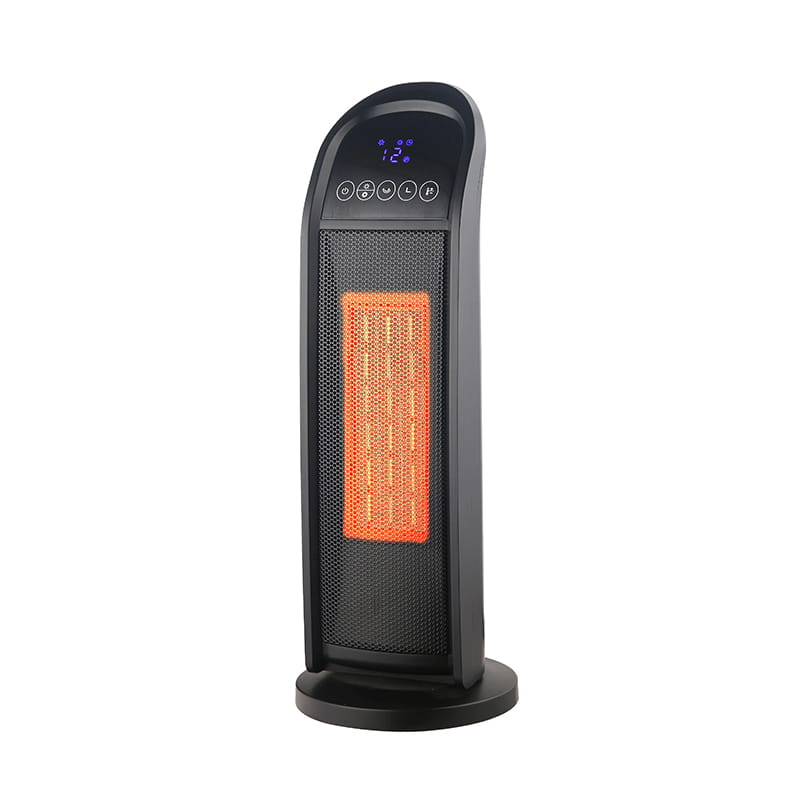
3. Electric Ceramic Fan Heater Troubleshooting Guide
- Heater does not work
Possible reasons:
Power supply problem: no power in the socket, damaged power cord.
Fuse blown: caused by overload or short circuit.
Thermostat failure: mechanical thermostat stuck or electronic thermostat damaged.
PTC ceramic damage: long-term high temperature aging or voltage instability leads to breakdown.
Solution: Check the power supply: test the socket voltage (220V) with a multimeter. Replace the fuse (if removable). Short-circuit the thermostat test: if the heater works after short-circuiting, the thermostat needs to be replaced. Measure the PTC resistance: the normal value is usually tens to hundreds of ohms, if it is open, it needs to be replaced.
- Slow heating or insufficient temperature
Possible reasons:
Air inlet blocked: dust and hair accumulation affect airflow.
Fan failure: motor damage or bearing stuck.
PTC ceramic performance degradation: long-term use leads to deterioration of resistance characteristics.
Solution: Clean the filter and air duct: clean with a vacuum cleaner or a soft brush. Check the fan: Manually move the fan blades. If it is stuck, lubricate or replace the motor. Test the PTC resistor: If the resistance value increases abnormally (such as exceeding 1kΩ), the heating module needs to be replaced.
- The heater automatically shuts down (overheat protection)
Possible causes:
Poor heat dissipation: The air outlet is blocked or the fan stops rotating.
Thermostat malfunctions: Sensor failure or set temperature is too low.
Partial overheating of PTC ceramics: Ceramic pieces are broken or in poor contact.
Solution: Ensure ventilation: Leave at least 30cm of space around. Check the operation of the fan: If it stops rotating, it needs to be repaired or replaced. Reset the thermostat: Unplug the power and restart after cooling. If it still protects frequently, it needs to be replaced.
- Odor or smoke
Possible causes:
Dust/foreign matter burning: Long-term cleaning leads to carbonization of dust accumulation.
Plastic parts melt: High temperature deformation or circuit short circuit.
PTC ceramic breakdown: Internal short circuit produces a burnt smell.
Solution: Turn off the power immediately! Disassemble and inspect: Check the PTC module and circuit board for signs of burning. Replace damaged parts: If the PTC ceramic is black or cracked, it must be replaced.
-
Feedback

 English
English Deutsch
Deutsch 中文简体
中文简体
